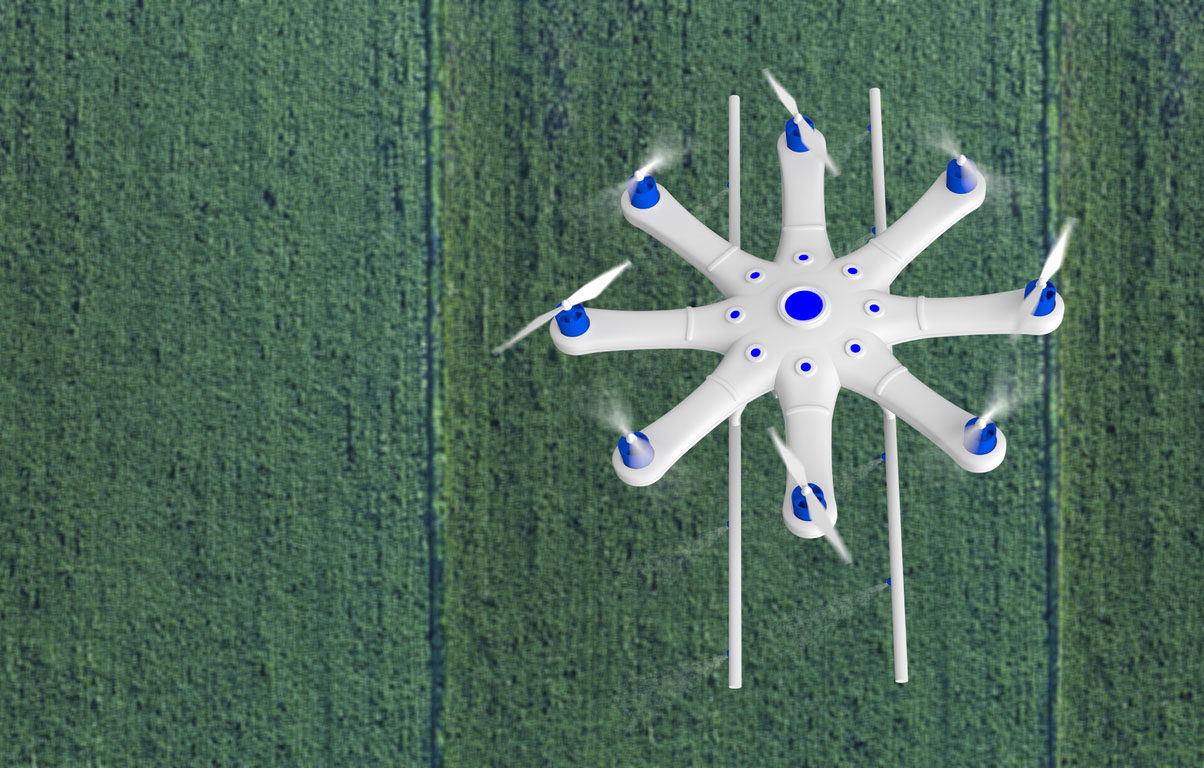 The agriculture industry has historically relied heavily on manual labor. In recent years, however, a growing population and global pricing competition has put enormous pressure on farmers to find new sources of efficiency. They need to increase yields without increasing operating costs – automation technology has proven particularly valuable in this pursuit.
The agriculture industry has historically relied heavily on manual labor. In recent years, however, a growing population and global pricing competition has put enormous pressure on farmers to find new sources of efficiency. They need to increase yields without increasing operating costs – automation technology has proven particularly valuable in this pursuit.
Advanced vision systems play an important role in agricultural automation. From monitoring crops to helping achieve autonomous navigation, vision systems are being deployed in many different ways for higher productivity.
5 Examples of Machine Vision in Agriculture
Vision systems in agriculture are diverse in form and function. From the air or ground, visible or thermal spectrums, vision systems may be involved in nearly every aspect of agricultural production.
Unmanned Aerial Vehicles (UAVs)
Unmanned Aerial Vehicles (UAV) offer an automated view of large agricultural areas. They can be programmed to isolate certain coordinates for inspection instead of the entire field. Drones with high resolution machine vision cameras may be used to report incidents where crops may be compromised - by disease, pests, or adverse environmental conditions. Near infrared (NIR) imaging may also be used on drones to develop normalized difference vegetation indices (NDVI).
Crop Inspection
Visual technology such as Infrared (IR) technology is used to monitor and measure critical aspects of crop production after harvesting, including water levels and packaging, as well as the freshness of fruits and vegetables.
Plant Breeding
Machine vision is also used for high throughput phenotyping. This application is used to perform analysis on growth and phenotypic traits in order to determine what characterizes a strong genotype for breeding purposes.
Pre-Programmed and Autonomous Vehicles
Increasingly, agricultural vehicles are being equipped with machine vision for operation with little to no human intervention. These vehicles can navigate in pre-programmed paths, in which vision systems aid tractors and farm equipment in course correction, or through complete autonomy.
Heavy Equipment Automation
Heavy equipment, such as lettuce thinners, are also leveraging vision systems for greater levels of automation. The machines can distinguish between lettuce seedlings and invasive plants, then accurately apply the appropriate pesticide, to improve plant vitality more productively.
Agriculture is historically a highly manual industry. Recent advancements in machine vision technology are leading the push to more fully automate agricultural practices for higher yields and greater efficiency.
To learn more on this topic, visit our educational section on agricultural vision and explore practical machine vision solutions for agriculture.
